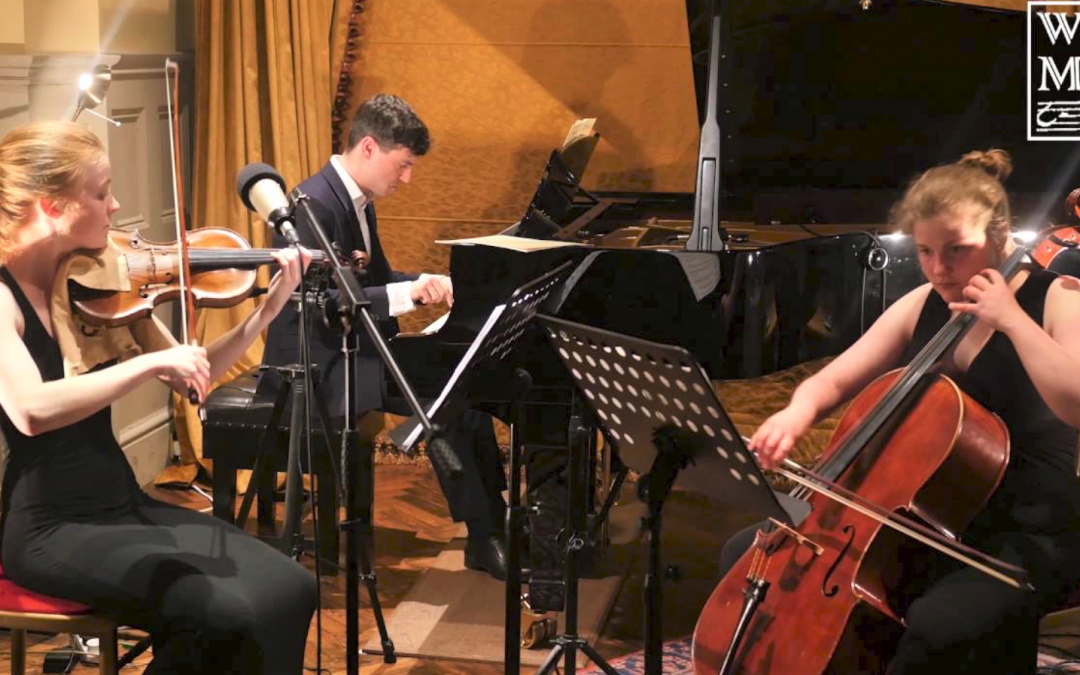Learning about Musical Ensembles.
Learning about musical ensembles.
When the music is played by a group of instruments.
Learn Music proposes a new interesting topic to learn about: Musical Ensembles. The word ensembles refer to a group of musicians playing different instruments. We need to go back to the Medieval era to understand its beginnings, usually to accompany the singers, and then playing on their own forming what in Western we called chamber music, the way these groups started playing on their own without the need of a singer. Since that time, the ensembles have evolved up to how they look like right now. There are different forms of ensembles, what we will learn today about.
- QUARTET: Four Instruments. A quartet is formed by four different instruments. We could find:
Strings Quartet: Two violins, a viola and a cello. The most usual quartet found in any classical music ensemble.
Wind Quartet: Woodwind with flute, oboe, bassoon and clarinet. Saxophone Quartet with different types of saxophones and Brass with two trumpets, tuba and trombone.
- QUINTET: Five Instruments. When we add one more instrument to a formal string quartet. We can easily find a quintet by adding one more string instrument, either viola or cello. Although we could also add a wind instrument to the other four string such as a clarinet as the famous Mozart’s quintet, or a percussion instrument such as a double bass. The Wind Quintet will be formed with flute, clarinet, bassoon, horn and oboe, and the Brass one with a horn, tuba, trombone and two trumpets. Basically, only adding a horn to the formal Wind Quartets.
- There also other ensembles formed with six (sextet), seven (septet), eight (octet) and nine (nonet) instruments. Usually using either strings and winds.
As long as the number of the performers increase, we should recur to new names.
- Between fifteen and thirty members we have Sinfonietta and a bit larger the chamber orchestra.
- Concert Band when is between forty and up to seventy members. Including the woodwind section, brasswind and percussion. There is no string section in any concert band.
- As a much larger orchestra, we found the famous Symphony Orchestra or Philharmonic. When the minimum of members is fifty, we have a symphony orchestra. The number may vary between thirty and a hundred members. Including strings, woodwinds, brasswinds and percussion.
With this information, we are now able to have a wider idea of the classical music scene. Know the difference between the musical ensembles you might find in your next classical concerts in London. We hope this helps you out and pushes you to discover the different options for classical music. Do not forget that the common aim of this different ensembles is to accompany the piano. Doing the orchestral part or accompaniment.

